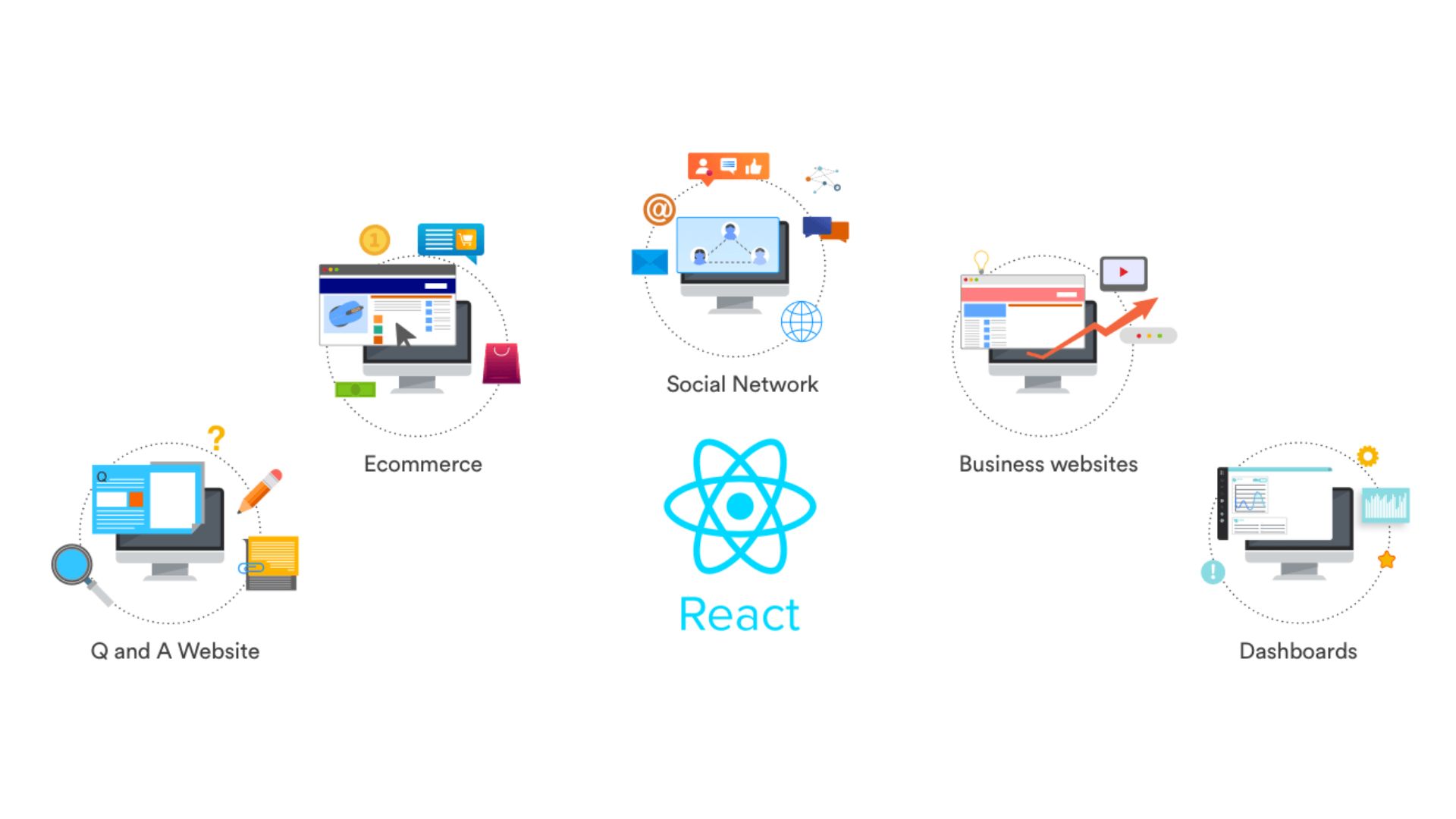Established, Easy-to-Understand Development Workflow: React.js boasts a mature and user-friendly development workflow, making it accessible to developers of varying proficiency levels. The framework’s straightforward architecture simplifies the coding process, fostering collaboration and enhancing overall efficiency.
Unmatched Flexibility and Compatibility: React.js is renowned for its adaptability, seamlessly incorporating cutting-edge concepts like Virtual Reality (VR) and 360 views. This adaptability empowers developers to craft immersive and innovative user experiences.
Effortless Component Reusability: A standout feature of React.js is its component-based structure, facilitating the seamless reuse of components across different sections of an application. This modular approach enhances maintainability, diminishes redundancy, and accelerates development cycles.
Optimized Performance with Virtual DOM: React’s Virtual DOM ensures efficient updates only to the essential parts of a page, reducing performance bottlenecks. This results in quicker rendering and a smoother user experience, especially in intricate applications.
Integration with Flux and Redux: React.js integrates seamlessly with Flux and Redux architectures, enhancing state management and simplifying the handling of intricate data flows within applications. This ensures a well-organized and scalable codebase.
Diverse Toolset Accessible: The React.js ecosystem offers a diverse range of tools that simplify development tasks. From state management libraries like Recoil to testing frameworks such as Jest, this extensive toolkit empowers developers to choose the most suitable tools for their specific requirements.
 Power of React Native: React Native, an extension of React.js, facilitates the development of cross-platform mobile applications using the same principles. This enables developers to leverage their React.js skills efficiently for building native mobile apps.
Power of React Native: React Native, an extension of React.js, facilitates the development of cross-platform mobile applications using the same principles. This enables developers to leverage their React.js skills efficiently for building native mobile apps.
Thriving Community and Abundant Resources: The React.js community is dynamic and extensive, providing a wealth of resources, tutorials, and documentation. This collective knowledge encourages continuous learning and problem-solving, ensuring developers have robust support.
JSX Syntax Enhancing HTML: React’s JSX syntax allows developers to embed HTML within JavaScript, improving code readability and maintainability. This innovative approach amalgamates the strengths of both languages, making it easier to visualize and comprehend the UI components’ structure.
Innovative React Hooks: Introduced in React 16.8, Hooks have revolutionized state management and side effects in functional components. These hooks, such as useState and useEffect, streamline complex logic, empowering functional components with capabilities equivalent to class components.
Conclusion: In summary, React.js stands out as the framework of choice for web development due to its well-established development workflow, flexibility, and an array of potent features. Whether you’re an experienced developer or a novice, embracing React.js can elevate your projects, making them more scalable, maintainable, and inventive. As technology advances, React.js remains at the forefront, empowering developers to craft exceptional web experiences.

